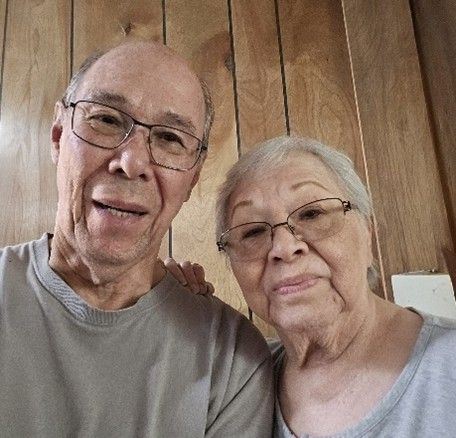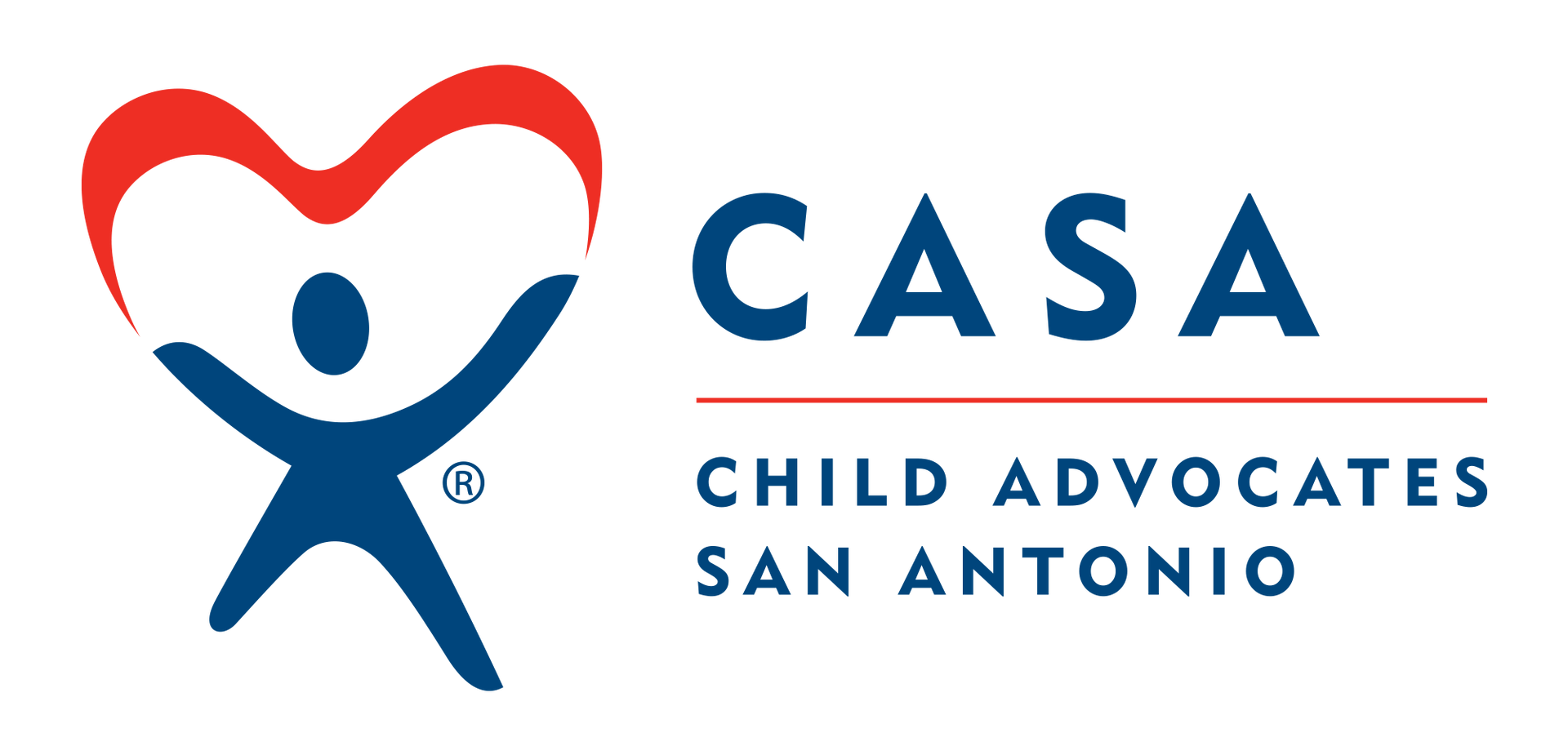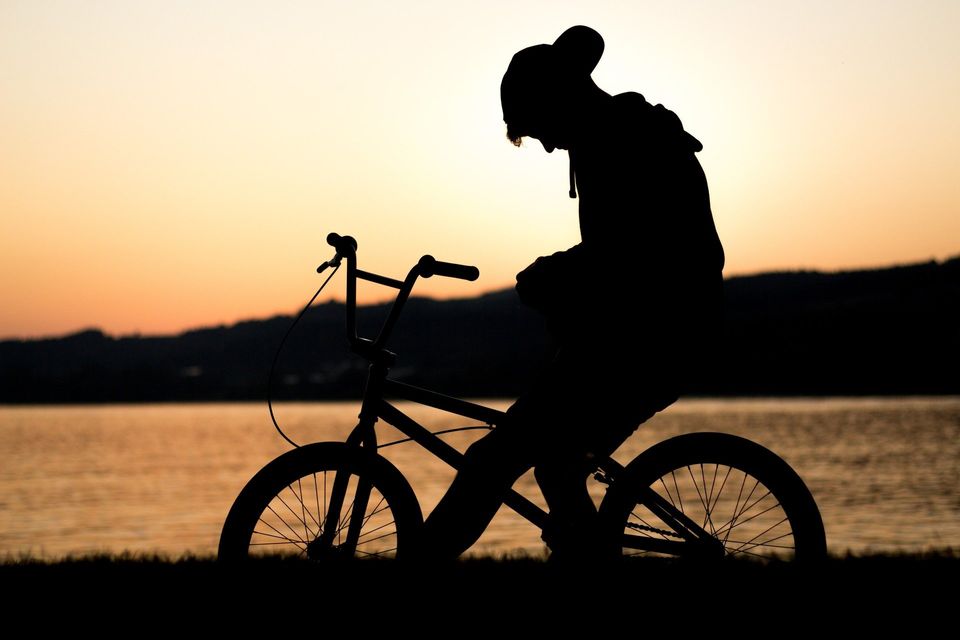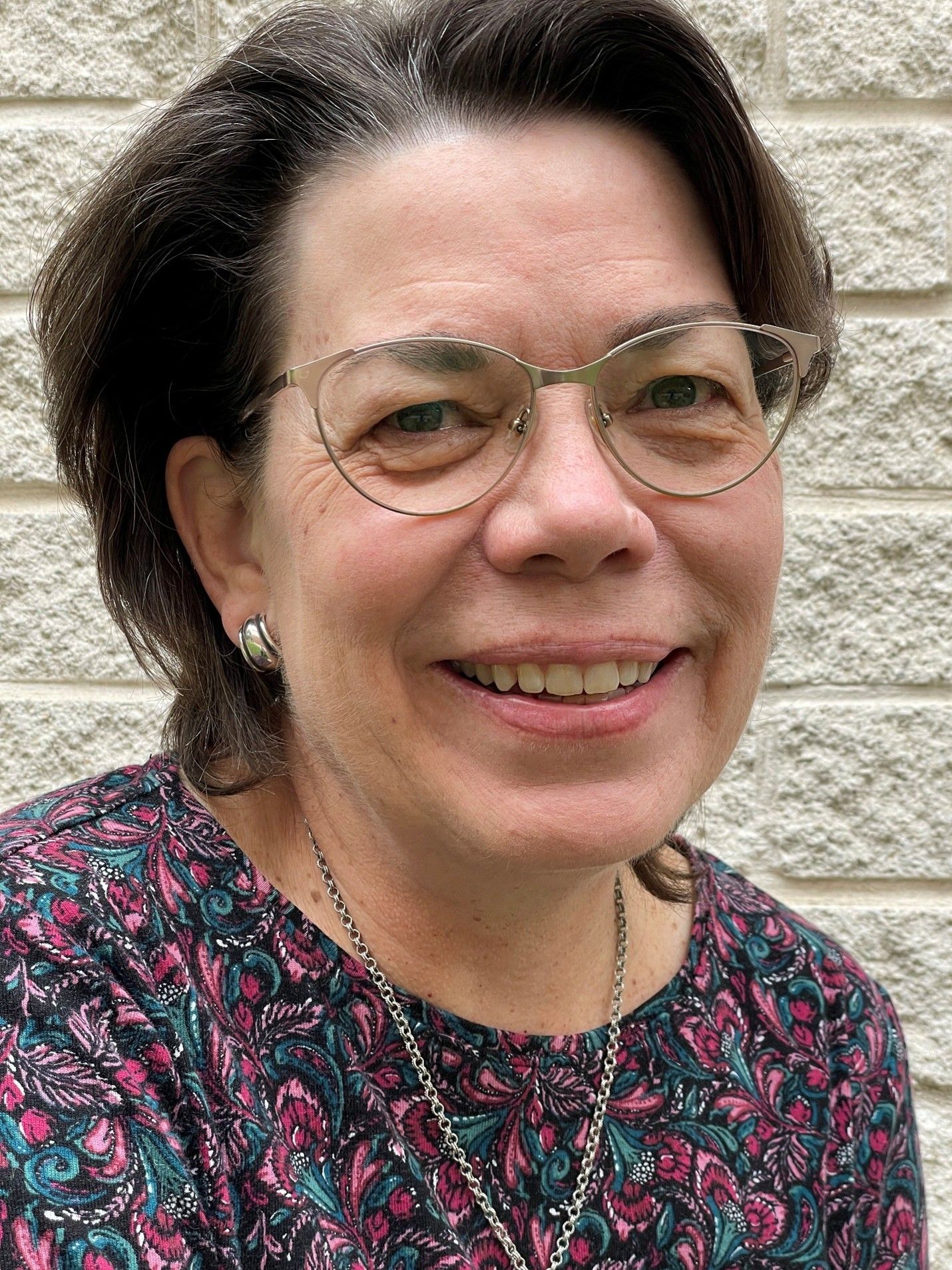Story of Hope
Advocate Impact Story
In early 2016, a sibling group of six children entered CPS care due to allegations of neglectful supervision. In addition, the mother and children had been residing in a home with a family member who the mother said had sexually abused her when she was a child. As is the case for many large sibling groups, these children had to be split up in order to be placed. A CASA was definitely needed to ensure that these children’s needs would be met and their bond could be maintained. Newly sworn- in Advocate, Heidi Gildersleeve, was drawn to this large sibling group case for her first case because some of the children were multi-racial and the department had concerns of mistreatment by a family member in the home due to their race.
Throughout the next year and a half, Heidi advocated for the best interest of all of the children. The children all had different needs, but most of them were adjusting well to their foster homes. However, Jason, the oldest child, was having a difficult time adjusting to foster care and being away from his family. He struggled with anger and aggression which resulted in multiple placement changes. When it came time for trial, both Heidi and the children’s ad litem recommended that only Jason be returned to his mother’s care. The mother had completed her services and seemed to be in a better place. Since Jason was older, he would be able to speak up if he did not feel safe at home. But the judge and the Department still had concerns and all parents’ rights were terminated.
Most of the children were in their forever homes, but not Jason. He watched as all his siblings began to get adopted. In 2019, the last sibling was adopted and Jason was still not in an adoptive placement. Heidi was committed to stick with him, though, as she knew the importance of providing support for him until he had permanency.
One of Heidi’s main goals was for Jason to stay connected with family after the siblings’ adoptions. She facilitated sibling visits so that the children could see each other. Heidi advocated for Jason to be placed with a sibling in her adoptive home and though the foster parents eventually agreed to it, the placement did not last long due to Jason’s behaviors and not being able to manage his anger. When Jason told Heidi about an aunt that he had been in contact with, she immediately reached out to the CPS caseworker to inquire if this aunt could be studied for placement. Ultimately, the aunt was not able to be a placement, but due to Heidi’s persistence, the aunt was cleared to have visits with Adam, providing that family connection that he was yearning for.
As with many cases, there were multiple changes in CPS caseworkers and at one point, family members came forward that wished to be considered for placement. They began phone calls and visits with Jason. Heidi, knowing the background of this case, had relevant safety concerns and informed the new caseworker of these concerns. She recommended to the caseworker that Jason have only supervised contact with them and explained the history. The caseworker was grateful that Heidi had shared her knowledge of the case and a potentially harmful situation had been avoided.
As time went on, Jason became more and more upset that he was still in foster care. He told his CASA that he just wanted to be like “normal” teens and do “normal” things. He began running away from his placements and in January of 2020, he ran away and was gone for two weeks. When he was picked up, he was placed in a shelter near Corpus Christi. Because of the distance, Heidi was not able to go see him immediately, and then the pandemic started and she was unable to have any face to face visits. While he was at the shelter, Heidi maintained phone contact with him and his staff until he was eventually placed back in San Antonio in May of 2020.
Once in his new placement, Jason once again started running away. This is when Heidi started thinking outside the box. Jason had struggled so much in placements because he just didn’t feel like he belonged. He wanted to be with family and wanted to feel “normal”. While discussing the case with her CASA Supervisor, Heidi suggested that CPS look into Jason’s birth mom to see if she could be a viable placement for him. Heidi was aware that Jason had been contacting his mom through social media. Because Heidi had built a positive relationship with his mother prior to her rights being terminated, Heidi was comfortable with this idea of her being a potential option for placement. With the caseworker’s permission, Heidi reached out to Jason’s mother and talked with her about her current situation and whether she would be able to provide a safe, suitable home for Jason. Heidi was pleased to find out that his mom had stable housing and employment. At a placement review hearing in May 2020, the caseworker proposed this idea of reunification with Jason’s mother to Judge Montemayor and he was in agreement that it was time to be more creative with our permanency plan for Jason.
In June 2020, Jason was placed back with his birth mom. Due to the pandemic, Heidi was still unable to do a home visit, but she maintained contact with Jason and his mom regularly through phone calls and offered support, as needed. Heidi advocated for therapy for Jason, as well as family therapy to assist with the reintegration process after all these years. CPS and CASA monitored Jason in his mothers’ home for four months and there were no major concerns. In October 2020, after spending more than four years in the foster care system, Jason’s CPS case was finally closed and he and his mother now get to enjoy their new “normal” together. Thank you, Heidi, for dedicating your time to this youth and being there for him as he changed placements at least five times over the years. You demonstrated the true heart of a CASA Advocate and were that constant that is so vital to our kids.

Jimmy and Mary Young eagerly began their second case in August 2024. The children—Chris, 11; Emily, 9; and Sofia, 7—were in the care of the Department due to neglectful supervision by their mother, who struggled with alcohol dependency and depression. She had left the children unattended to travel to Port Aransas to drink and go fishing. In addition, the home environment was observed to be in disarray, with minimal food, posing a risk to the children’s well-being. The mother was arrested on three counts of abandonment of a child. The children’s father had passed away from cancer a few months earlier, in March 2024. The children were initially placed with their grandmother, who decided after a few weeks that she could not care for them. They were then placed with an uncle, who gave notice within two weeks. Subsequently, the children were placed together at Boysville, where they remained for the duration of the case. Although the children had already experienced two moves in just one month, the Youngs were optimistic about their placement at Boysville. The children from Jimmy and Mary’s first case had also been placed at Boysville, so the Youngs were familiar with the facility and had established a good rapport with the staff. From the beginning, Mr. Jimmy introduced himself to all parties involved in the case, exchanged phone numbers with the caseworker and the children’s attorney, and maintained close communication with them during the children’s moves. Once the children were placed at Boysville, Mr. Jimmy contacted the case manager and counselors there to inquire about setting up therapy and enrolling the children in school. The Youngs advocated for transportation to and from school, and the children were approved to ride the school bus. They also recommended bereavement therapy to help the children cope with the loss of their father. Mr. Jimmy learned about a summer camp at the Children’s Bereavement Center, made a few calls, and successfully registered the children to attend. Throughout the duration of the case, the Youngs visited the children monthly, maintained close contact with the CPS caseworkers, updated the children’s attorney after visits, and remained in frequent contact with the children’s therapists and teachers. They advocated for tutoring and addressed behavioral concerns with the children’s therapists. The Youngs documented everything in Optima, wrote court reports, and attended several CASA training courses to stay informed and further their knowledge of child welfare. They also chose to attend court in person to maintain face-to-face contact with the judge, other parties on the case, and the children’s mother. One particularly notable aspect of this case was the Youngs’ consistent communication and engagement with the children’s mother. After their initial meeting, the Youngs maintained regular contact with her, inquiring about her progress in services, employment, and housing. They frequently encouraged her to continue and complete her services, checked in after court hearings, and provided moral support—offering her hope. During the previous Christmas, Jimmy and Mary sent the mother a recording of the children singing Christmas carols, delivered messages from the children, and shared photos of special events. During phone calls or family visits, they listened patiently, giving her space to express herself. Within a few months, the mother opened up to them about the children’s father and his cancer diagnosis, sharing how it was discovered and discussing his passing. As the mother continued working on her services, Jimmy and Mary cheered her on, reminding her that her efforts were for the sake of reuniting with her children. At the merits hearing in September, the Youngs, in agreement with CPS, recommended an extension to allow the mother more time to maintain sobriety, begin extended visits with the children, and possibly start overnight, unsupervised visits. The extension was granted, as the mother had completed all her services and maintained stable employment and housing. Weekend visits began, and by late September, the mother continued testing negative for substances. The children were placed with her on a monitored return. Jimmy and Mary visited the children in the home for the following two months, providing CPS, the children’s attorney, and the court with very positive feedback. The children were happy, thriving, and their needs were being met. The Youngs provided their final recommendation of reunification in court in late November, and the judge granted reunification, dismissing CPS from the case. It was the Youngs’ consistent communication and encouragement toward this young mother that led to the successful reunification. They followed up after hearings, facilitated communication between the mother and caseworkers when the relationship felt strained, and provided the mother the opportunity to share her perspective without judgment—all while encouraging her to do her best for her children.








